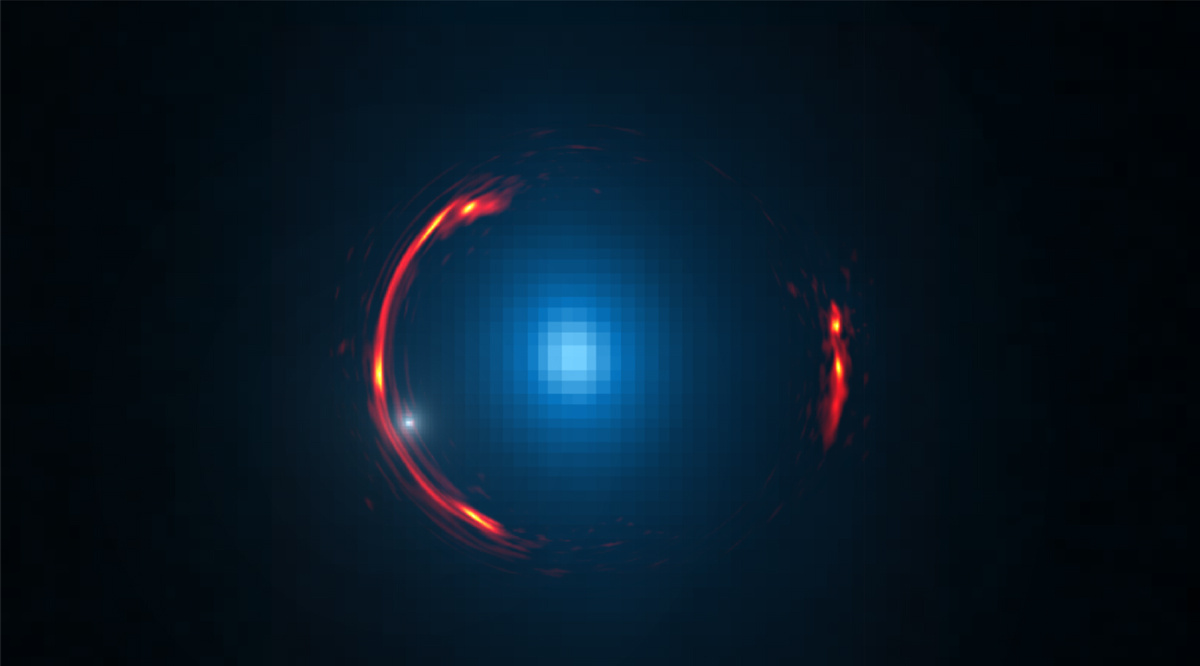
Founded in 2013, Brilliant Planet grew from a tiny experiment on the shores of St. Helena, South Africa, of three square meters to a 30,000-square-meter production facility in Morocco. They are the world’s largest algae growth pond.

Brilliant Planet harvests algae and uses AI technology to harness the power of this natural resource that could help reverse climate change.

A mushroom has been turned into a renewable energy generator using 3D printed materials and bacteria. The initial results are promising for further development as a source of renewable energy.

Two Dutch scientists are using algae to replace plastics throughout their city – and if their mission proves successful, they believe that no one will ever have to use plastic again.

Many cities have transitioned to LED street lighting, but researchers think algae may be the illumination of the future.

Dutch designers have created a bioplastic made from algae that can be 3D printed into virtually any product, creating a system that has the potential to completely replace synthetic plastics.

Researches have identified an enzyme that catalyzes the conversion of fats to long hydrocarbons, which could be used as fuel with no further modification.

Belgian architect and visionary Vincent Callebaut suggested a new urban design concept that emphasizes sustainability and puts a particular focus on the treatment of our oceans.

A fascinating lamp design uses living algae to produce an electricity-free glow and could absorb as much carbon as 200 trees a year.

A Tel Aviv University team genetically engineered algae to emit hydrogen five times more efficiently to potentially power hydrogen cars.

Subtle distortions hidden in ALMA’s stunning image of the gravitational lens SDP.81 are telltale signs that a dwarf dark galaxy is lurking in the halo of a much larger galaxy nearly 4 billion light-years away. This discovery paves the way for ALMA to find many more such objects and could help astronomers address important questions on the nature of dark matter.In 2014, as part of ALMA’s Long Baseline Campaign, astronomers studied a variety of astronomical objects to test the telescope's new, high-resolution capabilities.